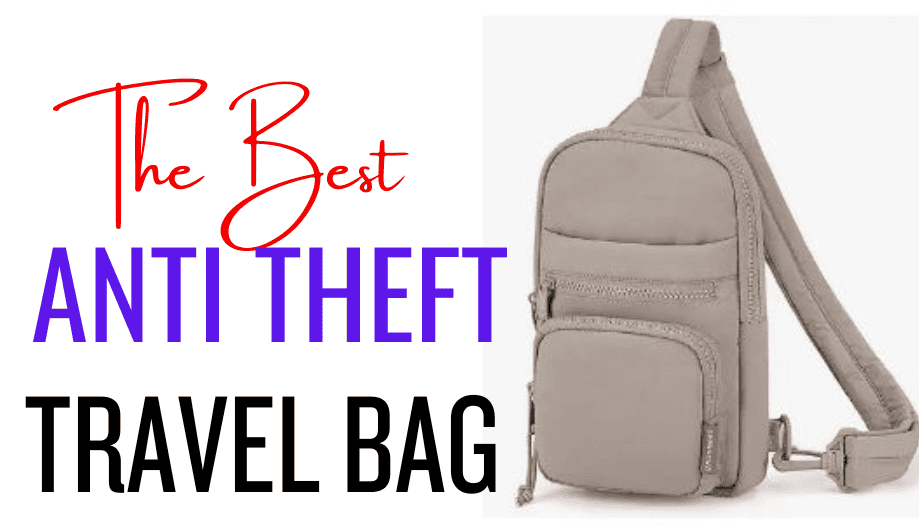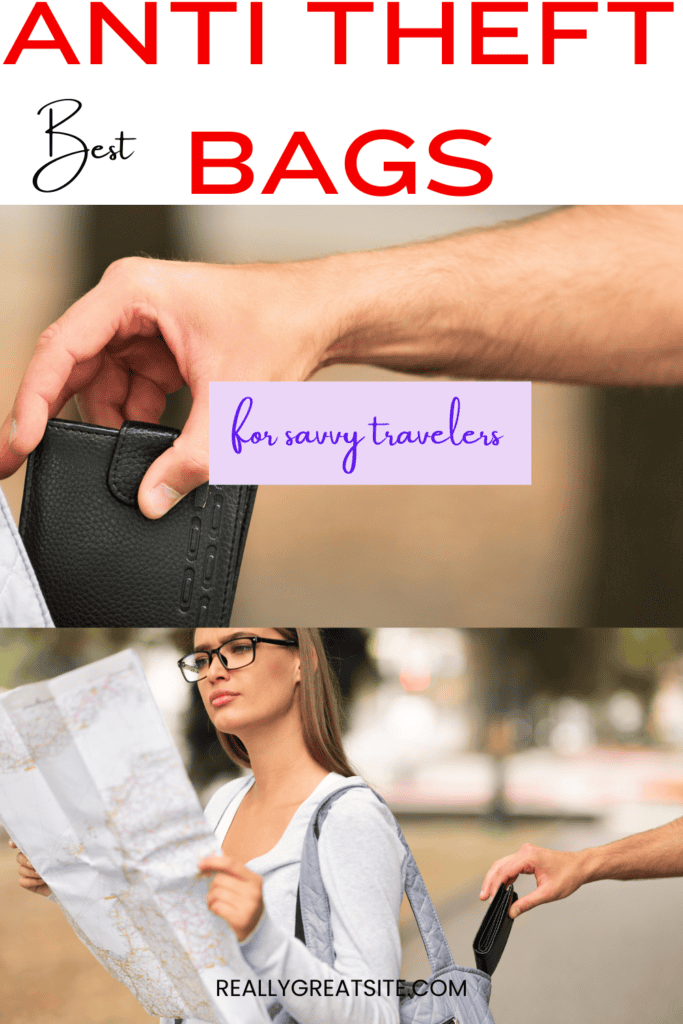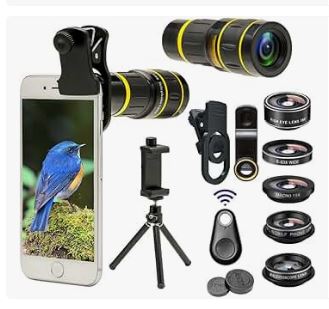Kenya offers incredible safari experiences year-round. The country’s diverse landscapes and abundant wildlife make it a top destination for nature lovers who want to experience African safari.
The best time for safari in Kenya is during the dry seasons from June to October and January to February.
These months provide optimal wildlife viewing as animals gather around water sources giving you an increased game viewing.
The famous wildebeest migration also occurs during this time, drawing visitors from around the world.
During the dry seasons, the weather is pleasant and roads are easier to navigate roads to safari camps and safari lodges can be hard to navigate in the rainy season.
You can expect clear skies and less vegetation, making it easier to spot animals. Game drives and walking safaris are more enjoyable in these conditions.
Understanding Kenya’s Safari Seasons
Kenya’s safari seasons greatly affect wildlife behavior and viewing opportunities. The timing of your visit can make a big difference in your safari experience and outdoor activities when you combine safari with a beach holiday.
Dry Season and Wildlife Viewing
The dry season runs from June to October and December to March. These months offer the best wildlife viewing.
Animals gather around water sources, making them easier to spot. Vegetation thins out, improving visibility in the parks.
July to October is peak season and the best months.
Large herds move into the Masai Mara for the great wildebeest migration. This spectacle draws many visitors. Game drives are very rewarding during these months in kenyan safari.
December to March is another good time for safaris. The short dry season brings clear skies with a short rainy season.
Many animals give birth in January and February.
This increases chances of seeing newborn animals and young wildlife in the maasai mara,the samburu national reserve, Nairobi national park or the other game reserves .
Wet Season and Its Effects
The main wet season occurs from April to May. otherwise considered a long rainy season. A shorter rainy period happens in November. These months bring lush landscapes and fewer crowds.
Rain can make some roads muddy and hard to access. But the scenery is beautiful, with green plains and full rivers. Migratory birds arrive, adding to the wildlife variety.
Many animals also give birth during the wet season. This means more chances to see newborns. Predator action also increases.
The “green season” offers great photo opportunities with dramatic skies and vibrant colors.
Wildlife Events and Migrations
Kenya’s wildlife events and migrations offer amazing sights throughout the year. Visitors can see large herds on the move and spot diverse animals in their natural habitats.
The Great Migration
The Great Migration is a huge event in Kenya. From July to October, over a million wildebeest and zebras cross the Mara River.
They move from Tanzania’s Serengeti to Kenya’s Masai Mara. This river crossing is risky. Crocodiles wait in the water to catch animals. Lions and other predators also hunt the herds.
The wildebeest give birth to calves in February and March. This happens in the southern Serengeti.
By July, the herds start moving north. They follow the rains in search of fresh grass. The migration is a cycle that repeats yearly.
Year-Round Wildlife Highlights
Kenya offers great wildlife viewing all year. The Big Five animals live here: lions, leopards, elephants, rhinos, and buffalo. These animals can be seen in many parks and reserves.
Bird lovers can spot migratory birds from November to April. Flamingos flock to Lake Nakuru and other Rift Valley lakes.
Dry seasons are best for seeing animals. Water sources are limited then. This makes animals easier to spot. The dry seasons are from June to October and January to February.
Some highlights:
- Amboseli: Large elephant herds
- Samburu: Unique northern species like Grevy’s zebra
- Tsavo: Red elephants and big lion prides
Top Safari Destinations in Kenya
Kenya offers amazing wildlife viewing spots. These places let visitors see animals up close in their natural homes.
Masai Mara National Reserve
The Masai Mara is Kenya’s top safari spot. It’s famous for the Great Migration.
In the migration season, Millions of wildebeest and zebras move through the area each year, river crossings at the Mara river is where you`ll see millions of wild beest cross over to Tanzania but it`s fair to say Maasai mara has a year-round phenomenon.
Visitors can see the Big Five here: lions, elephants, buffalos, leopards, and rhinos. The reserve has wide-open plains that make spotting animals easy.
Hot air balloon rides give a bird’s eye view of the wildlife below. Guests can also visit Maasai villages to learn about local culture.
Amboseli and Tsavo National Parks
Amboseli National Park sits at the foot of Mount Kilimanjaro. It’s known for its large elephant herds. The park has clear views of Africa’s tallest mountain.
Tsavo is split into East and West parks. Together, they form one of Africa’s largest wildlife areas. The parks are home to red elephants, which get their color from the red soil.
Both parks offer great chances to see the Big Five. They also have less crowded viewing compared to the Masai Mara.
Lake Nakuru and the Rift Valley Region
Lake Nakuru is famous for its pink flamingos. Thousands of these birds gather at the lake, creating a stunning pink fringe along the shore.
The park around the lake is a rhino sanctuary. It protects both black and white rhinos. Visitors can also see Rothschild’s giraffes here.
The Rift Valley has other lakes worth visiting. Lake Naivasha is great for bird watching. Lake Bogoria has hot springs and geysers.
These spots offer a mix of wildlife viewing and unique landscapes.There is lake Victoria in the Western Kenya but that`s not for today, we`ll create a post for lake victoria.
You may like
Things you need to know about visiting Kenya
The best beaches in mombasa kenya
Recreational Activities Beyond Safaris
Kenya offers more than just wildlife viewing. Visitors can enjoy outdoor adventures and coastal experiences that showcase the country’s diverse landscapes.
In the coast you can enjoy water sports like scuba diving and watch marine life.
Adventure and Hiking Opportunities
Mount Kenya, Africa’s second-highest peak, is a top spot for hiking and climbing. Trekkers can explore its rugged terrain and unique alpine ecosystems.
The mountain offers trails for different skill levels, from gentle walks to challenging climbs.
Walking safaris let visitors get close to nature.
These guided treks through parks like Serengeti allow for a more intimate wildlife experience.
In this african bush, hikers might spot animals and birds not easily seen from vehicles.
Lake Naivasha area has great hiking trails. Visitors can walk along the shoreline or climb nearby hills for stunning views.
The region is home to various bird species, making it ideal for birdwatching.
Beach and Coastal Adventures
Kenya’s coast offers beautiful beaches and water activities. The warm Indian Ocean waters are perfect for swimming and water sports.
Popular coastal towns include Mombasa, Diani(ukunda)Malindi, and Watamu.
Snorkeling is a must-try activity along the Kenyan coast. Clear waters reveal colorful coral reefs and tropical fish.
Marine parks like Watamu offer protected areas for snorkeling and diving.
The coast also has a rich Swahili culture. Visitors can explore historic sites, try local food, and shop for handicrafts.
Lamu Island is known for its preserved Swahili architecture and traditional dhow boats.
Coastal national parks like Tsavo combine beach and safari experiences. Visitors can enjoy game drives and then relax on the beach, getting the best of both worlds.
Practical Information for Safari-Goers
Kenya offers amazing safari experiences year-round. Knowing what to expect and how to prepare can make your trip even better.
Best Safari Practices
Pack light, comfortable clothes in neutral colors. Bring a good camera with the right camera lenses for animal photography and binoculars.
Respect wildlife and follow your guide’s instructions. Stay in your vehicle unless told otherwise.
Don’t wear bright colors or strong perfumes. These can scare animals away. Bring a hat, sunscreen, and insect repellent.
Be patient and quiet when watching animals.
This gives you the best chance to see natural behaviors. Bring extra camera batteries and memory cards.
Tip your guides and drivers. They work hard to give you a great experience.
Learn a few words of Swahili to connect with locals.
Jambo-Hello
Asante-Thank you
Karibu-Welcome
Kwaheri-bye-bye
Wapi-where
Maji-Water
chakula-Food
Sitaki-I dont want
Hakuna matata-No problem ( a word used almost everyday and everywhere in Kenya)
Pole pole-Slow down
Month by Month Safari Guide
January-February:
Hot and dry. Great for seeing animals at watering holes. Many baby animals are born.
March-May: Long heavy rains. Some camps close and the road conditions are terrible. Lush scenery but harder to see animals.Flights to Kenya offer lower prices as there are fewer visitors.
June-October: Peak season. Dry weather makes it easier to spot wildlife. The wildebeest migration happens,high season and best time of year to visit Maasai mara.
November-December: Short rains. Fewer tourists. Green landscapes and many migratory birds arrive.
Coastal areas are hot year-round. The highlands are cooler. Always check current conditions before booking.
Conclusion on the Best time for Safari in kenya
Kenya is a lovely country to visit especially for those who want to see wild animals in their natural habitat.
Kenya safari is a dream of many and with an abundance of wildlife and white sandy beaches, it`s a must for anyone looking for adventure.
With the equatorial temperatures,daytime temperatures can go upto 30° in the dry months, choose the time of the year to visit so as to make the most of your visit.












